Campus Walk No. 39: Kashiwa II Campus A hub of information, supercomputers and industry-academia collaboration on the site of a runway of a former Japanese Army airfield
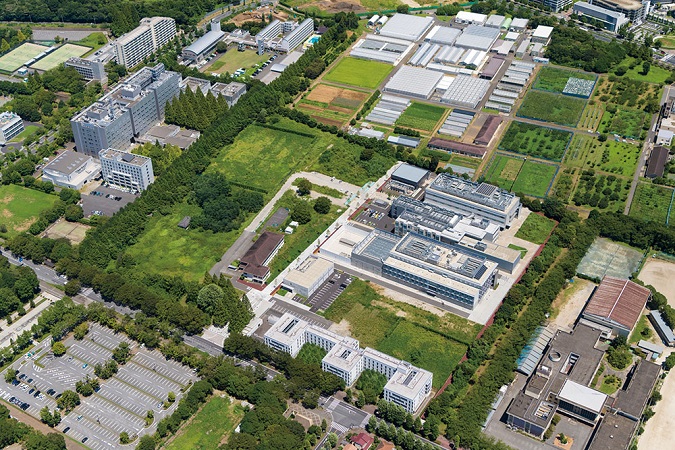
Kashiwa II Campus: A hub of information, supercomputers and industry-academia collaboration on the site of a runway of a former Japanese Army airfield
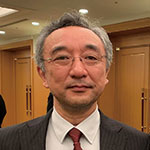 Yoshihisa Obayashi
Yoshihisa ObayashiPublic Relations Specialist, Information Technology Center
https://www.itc.u-tokyo.ac.jp/en/
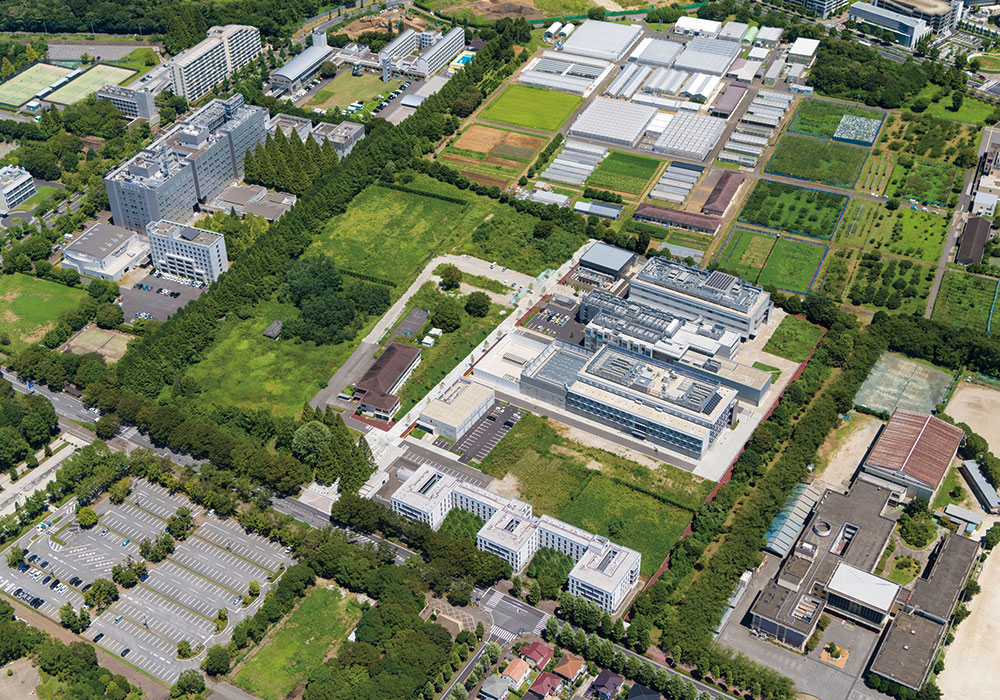
During World War II, the site that is now the location of UTokyo’s Kashiwa Campus was a Japanese Army airfield. After the war, it was used as a transmitter site for the U.S. military. Once it was returned to Japan, it became the site of various national and prefectural facilities. Kashiwa II Campus is located in the middle of the former runway. It enjoys a prime location near Kashiwanoha-campus Station, about twelve minutes on foot from the station through the grounds of Chiba University.
Next to the main entrance is the International Lodge / Kashiwa Lodge. Built in 2009, it boasts a total of 142 rooms, including single and family apartments, and is available for international students and foreign researchers. Arriving on campus from the main entrance, visitors will see the building used by the Research Center for Total Life Health and Sports Sciences of the Graduate School of Frontier Sciences on their left (as of March 2022). This was a research-oriented physical training facility that was closed in 2019. Plans are currently underway to build a new research facility here focusing on the study of infectious diseases.
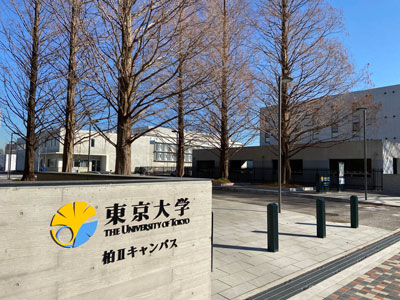
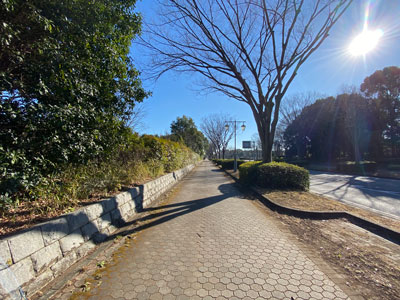
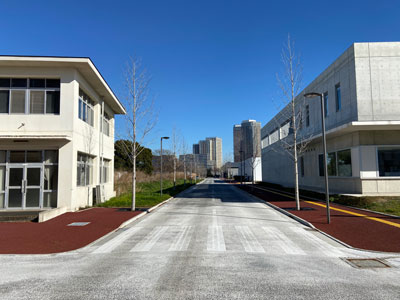
Of the buildings arrayed on the right, the closest is the joint building housing the Information Technology Center and the Kashiwa Annex of the National Institute of Informatics (NII). After construction was completed in March 2021, the Information Technology Center was moved here from Asano Campus, where it began its activities as a new base for a data-driven society together with the NII Kashiwa Annex. The building’s supercomputer room houses the Wisteria/BDEC-01 supercomputer system, which integrates simulation, data and learning, and mdx: Platform for the Data-Driven Future.
Next is the Kashiwa2 Cooperation Hub. Completed in March 2019, it serves as a regional science demonstration hub and an incubation facility, a place various laboratories and organizations from inside and outside the University collaborate to promote research and development. The area to the south is zoned for the Design-Led X Platform, which is part of UTokyo’s Institute of Industrial Science.
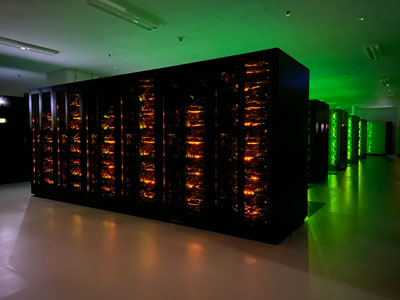
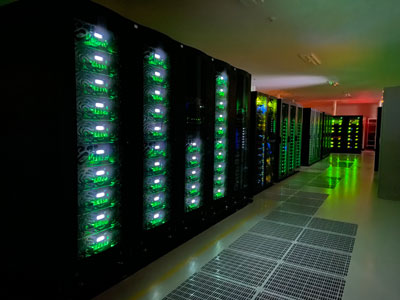
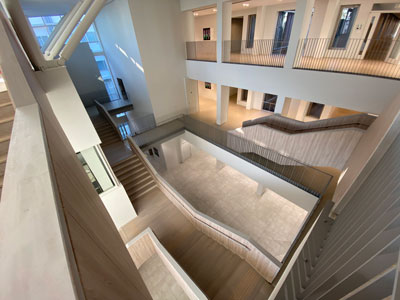
Sitting at the far end is the National Institute of Advanced Industrial Science and Technology (AIST) Kashiwa Center. Construction of this facility was completed in November 2018. While it is a somewhat unusual arrangement for a National Research and Development Agency to have a location on a UTokyo campus, this facility was developed as a base for promoting human augmentation technology through collaborations between industry, academia and government. The facility houses the AI Bridging Cloud Infrastructure (ABCI) supercomputer, which can perform learning calculations using big data at the fastest world-class speeds. In the June 2021 world supercomputer rankings, ABCI and the Wisteria/BDEC-01 simulation node group (Odyssey) were ranked 12th and 13th, respectively, after RIKEN’s Fugaku, the world’s top-ranking supercomputer. This means that Kashiwa II Campus is home to both the second- and third-fastest supercomputers in Japan.
For a long time, the campus was known only for its Lodge and sports grounds. However, over the past few years, the campus has become a hive of activity as large research facilities have been added one after another. The issue now is that the campus lacks a cafeteria or co-op facilities. We are hoping that the campus infrastructure will continue to be improved.
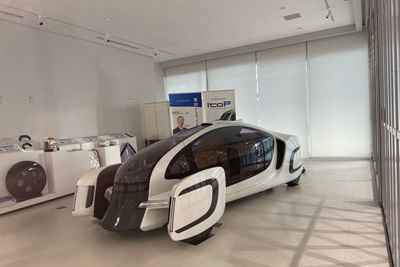
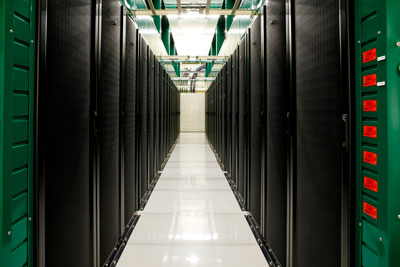
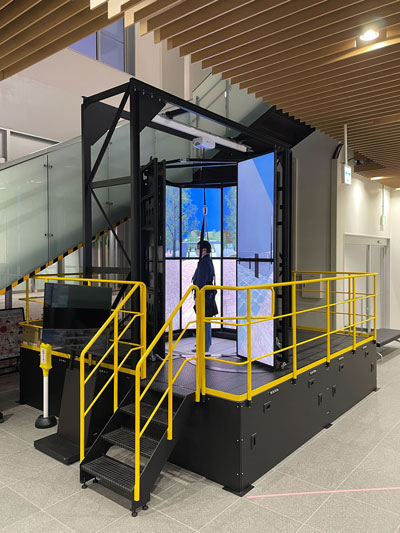
* This article was originally printed in Tansei 44 (Japanese language only). All information in this article is as of March 2022.






